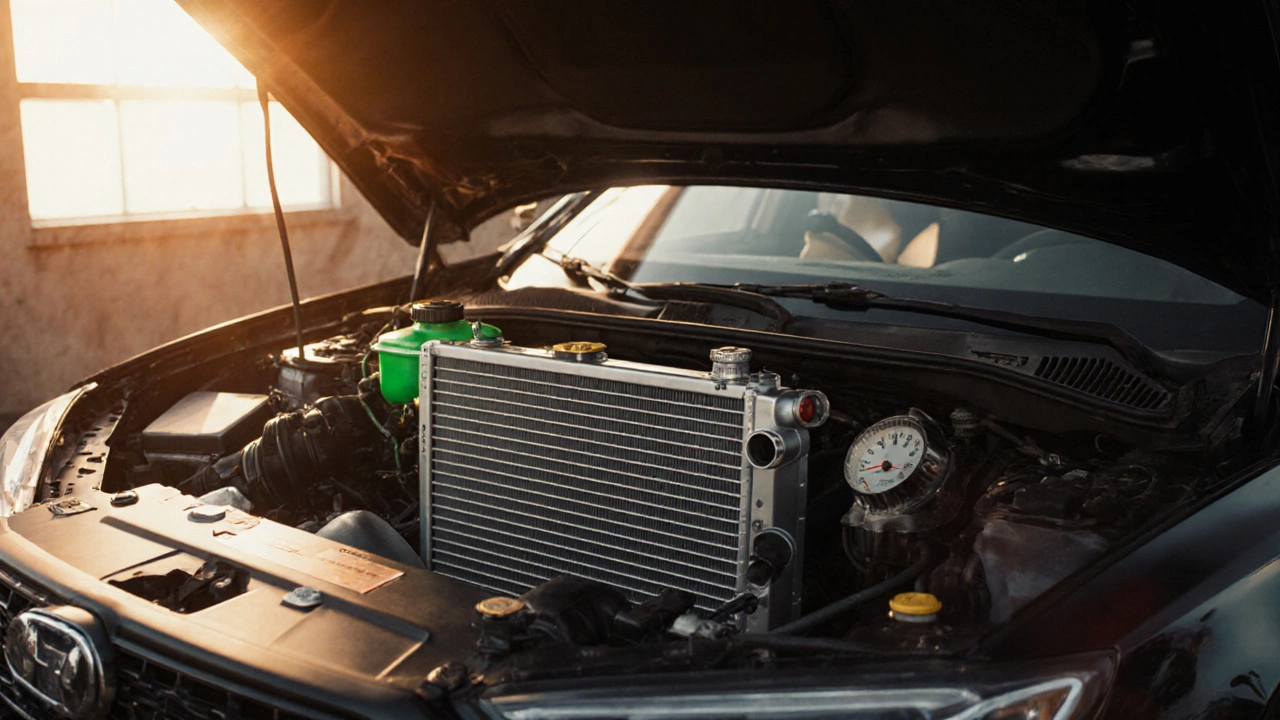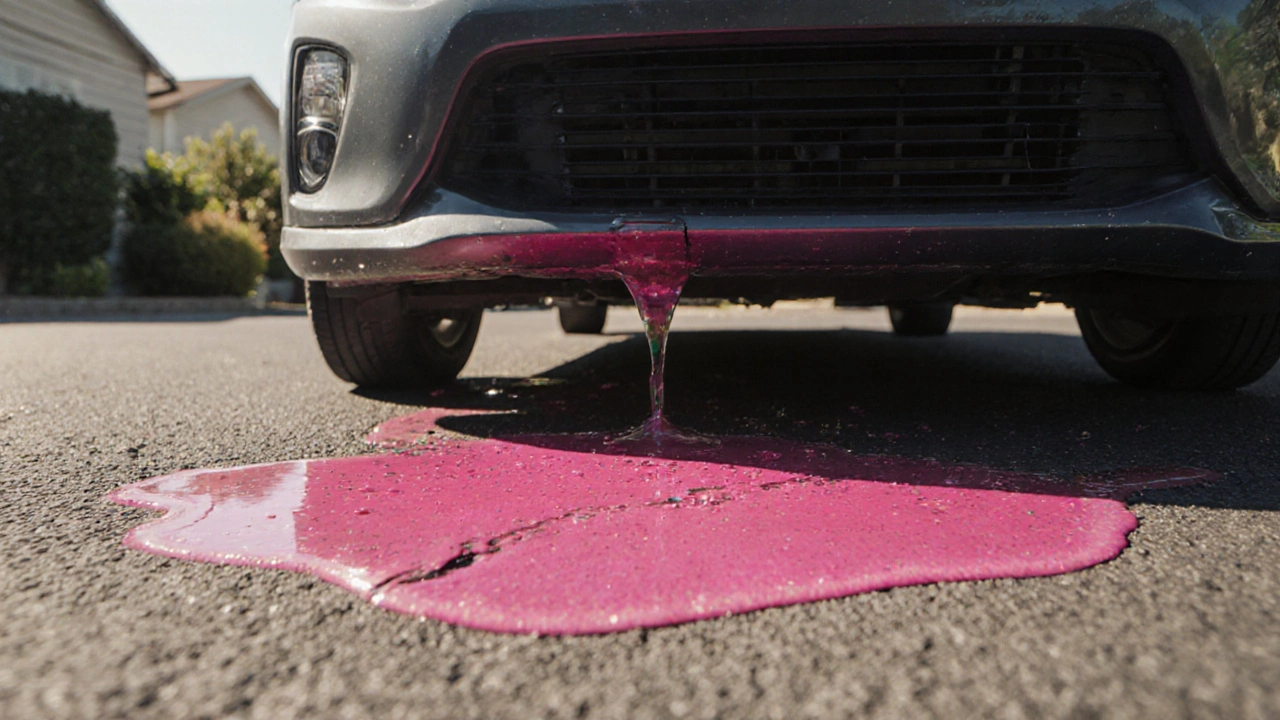Radiator Replacement: Signs, Causes, and When to Act
When your radiator, a key part of your car’s cooling system that prevents the engine from overheating. Also known as an engine cooler, it circulates coolant to absorb heat from the engine and release it into the air. Without it working right, your engine can overheat in minutes—even on a short drive. Most people don’t think about their radiator until something goes wrong. But by then, it’s often too late. A failed radiator doesn’t just leave you stranded—it can wreck your engine, warp the cylinder head, or even cause a total breakdown. The good news? You don’t have to wait for disaster. There are clear signs you can spot before it’s too late.
One of the biggest red flags is coolant leak, a visible puddle under your car, usually green, orange, or pink, caused by cracks or loose hoses in the radiator system. If you see this, don’t ignore it. A small drip today can turn into a full system failure tomorrow. Another sign is your temperature gauge creeping into the red zone, even if you’ve just filled up the coolant. That means the radiator isn’t doing its job. You might also notice steam rising from under the hood, a sweet smell like syrup in the cabin, or your heater blowing cold air when it should be hot. All of these point to a radiator that’s failing or already dead.
What causes radiator failure? It’s usually not one big thing—it’s years of neglect. Rust from old coolant, debris clogging the fins, a faulty thermostat, or even a cracked tank from a minor front-end bump. High-mileage cars are more at risk, but even newer vehicles can suffer if coolant isn’t flushed every 30,000 to 50,000 miles. And here’s something most people don’t realize: a bad radiator doesn’t just hurt the engine. It can also stress the water pump, hoses, and even the head gasket. Replacing the radiator early often saves you from spending three times as much on other repairs.
Some folks think if the car runs fine, the radiator’s fine. That’s a myth. Radiators fail slowly. You won’t hear a bang or feel a shake. The damage builds silently—until it doesn’t. That’s why checking your radiator regularly matters. A quick visual inspection for leaks, a sniff for that sweet coolant smell, and keeping an eye on your temperature gauge can save you thousands. And if you’re replacing it, don’t just swap the radiator. Make sure the thermostat, hoses, and coolant are all in good shape too. A new radiator with old, dirty coolant is like putting fresh tires on a car with bad brakes.
Below, you’ll find real-world guides from UK drivers and mechanics on how to spot radiator trouble before it costs you. From how long a radiator actually lasts to what happens when you ignore the warning signs, these posts give you the facts—not the fluff. Whether you’re trying to decide if you need a replacement now or just want to avoid one next year, this collection has what you need to make the right call.

How Long Do Car Radiators Last? Expert Guide to Lifespan and Maintenance
Learn how long car radiators typically last, what affects their lifespan, and how to maintain them to avoid costly replacements.
October 19 2025
Signs Your Car Radiator Needs Replacing - How to Spot Radiator Problems
Learn how to spot the signs that your car radiator needs replacing, from coolant leaks to overheating, and follow a step-by-step diagnostic guide.
October 12 2025
Is Replacing a Radiator Hard? DIY Radiator Replacement Explained
Wondering if swapping out a car radiator is tough? Here’s a real-world take on difficulty, safety precautions, tools, and step-by-step radiator replacement tips.
August 2 2025
Car Radiator Replacement Cost: Price Breakdown & Buying Tips for 2025
Curious about car radiator costs? This guide breaks down radiator prices in 2025, what affects them, and shares smart replacement and maintenance tips for car owners.
July 17 2025
How to Know When to Replace Your Car Radiator: Signs, Symptoms & Tips
Learn how to spot if your car radiator needs replacing. Discover common signs, symptoms, tips, and facts that save you time, money, and stress.
June 28 2025